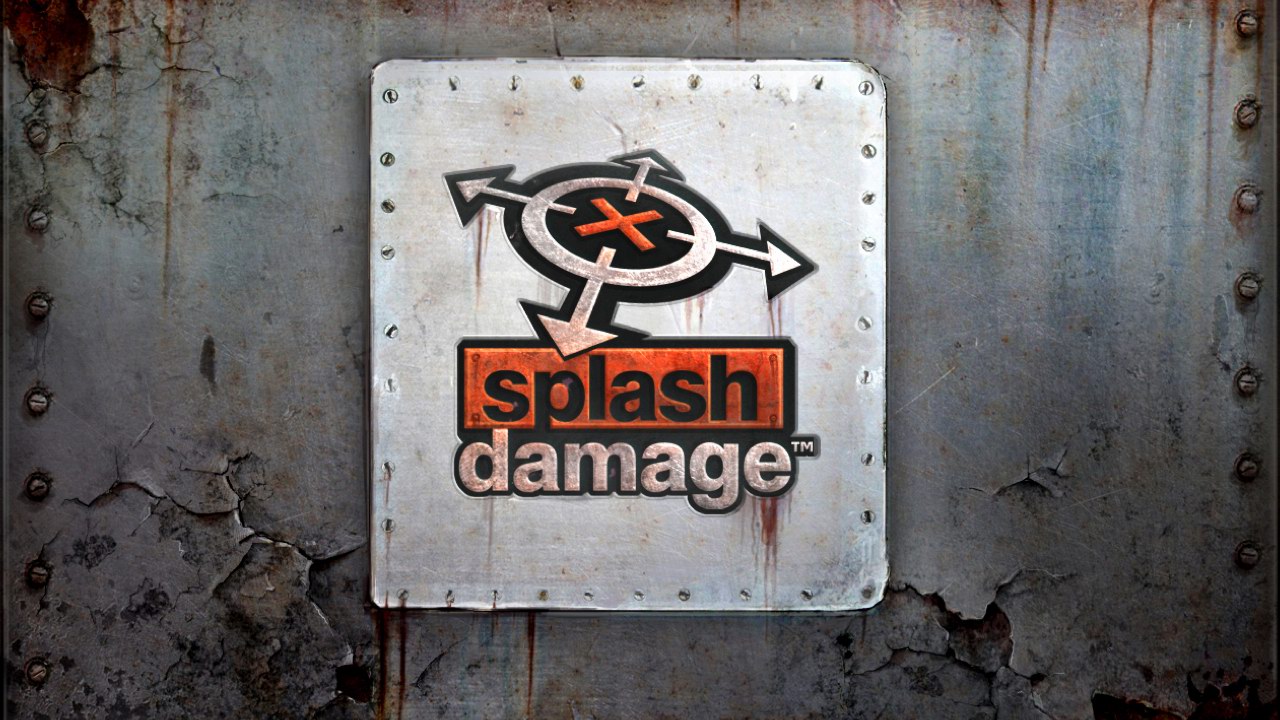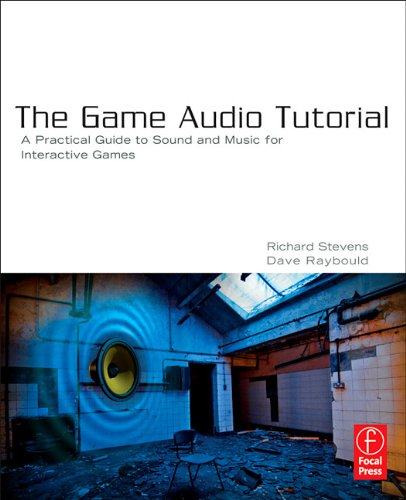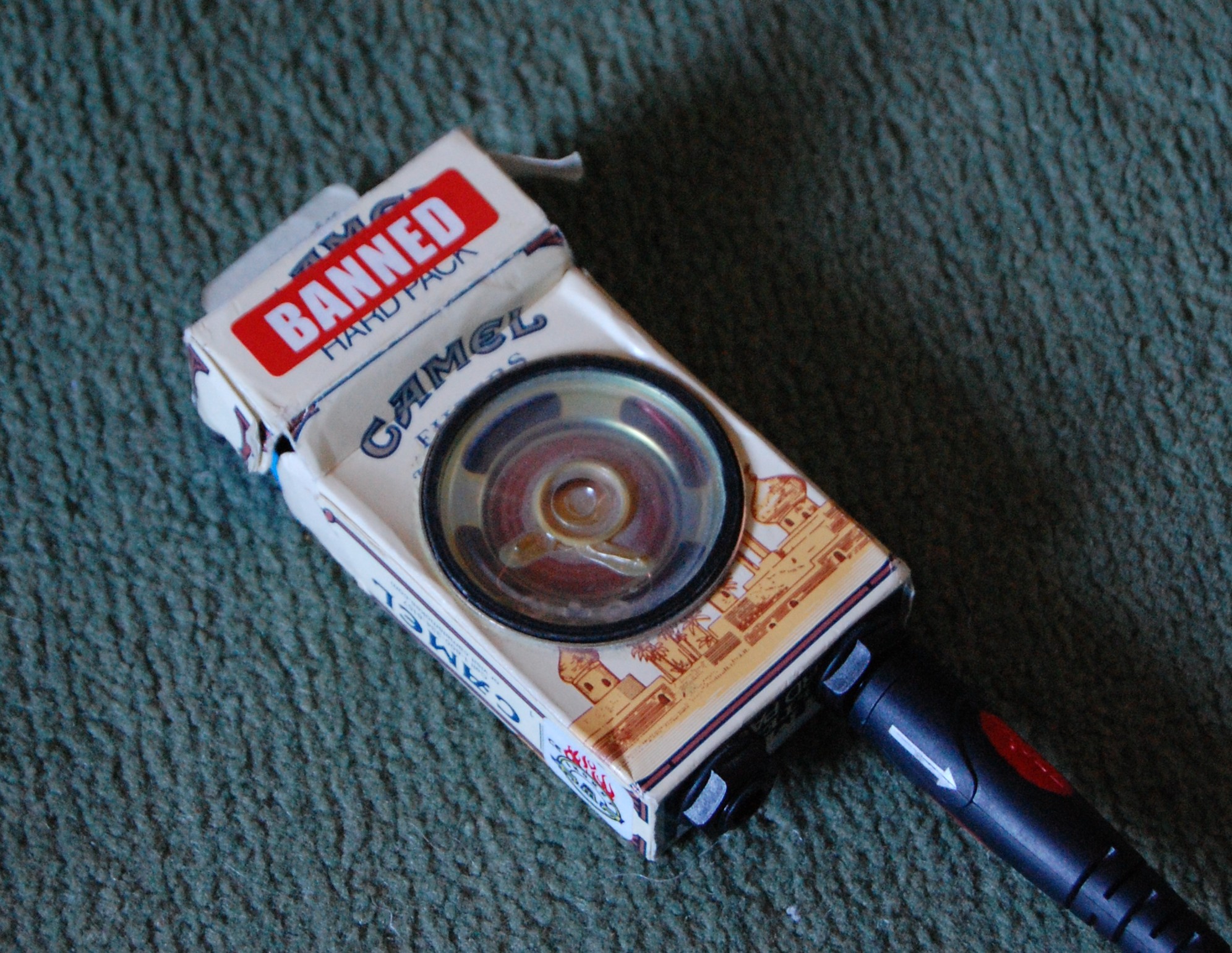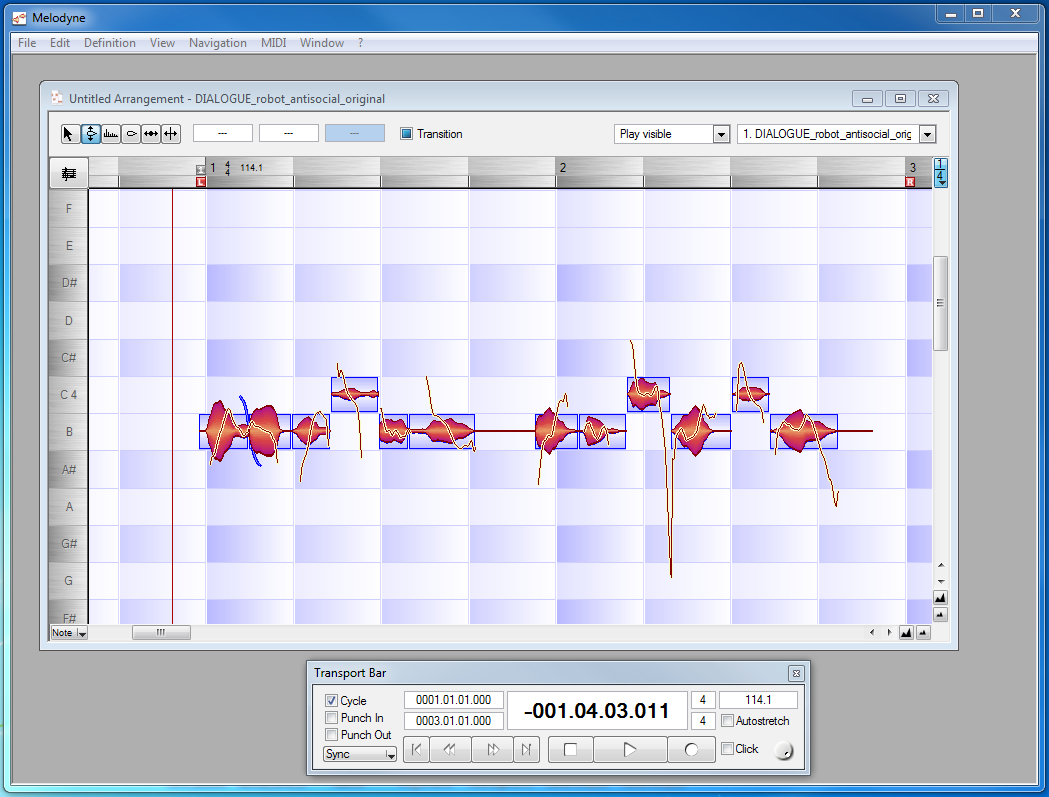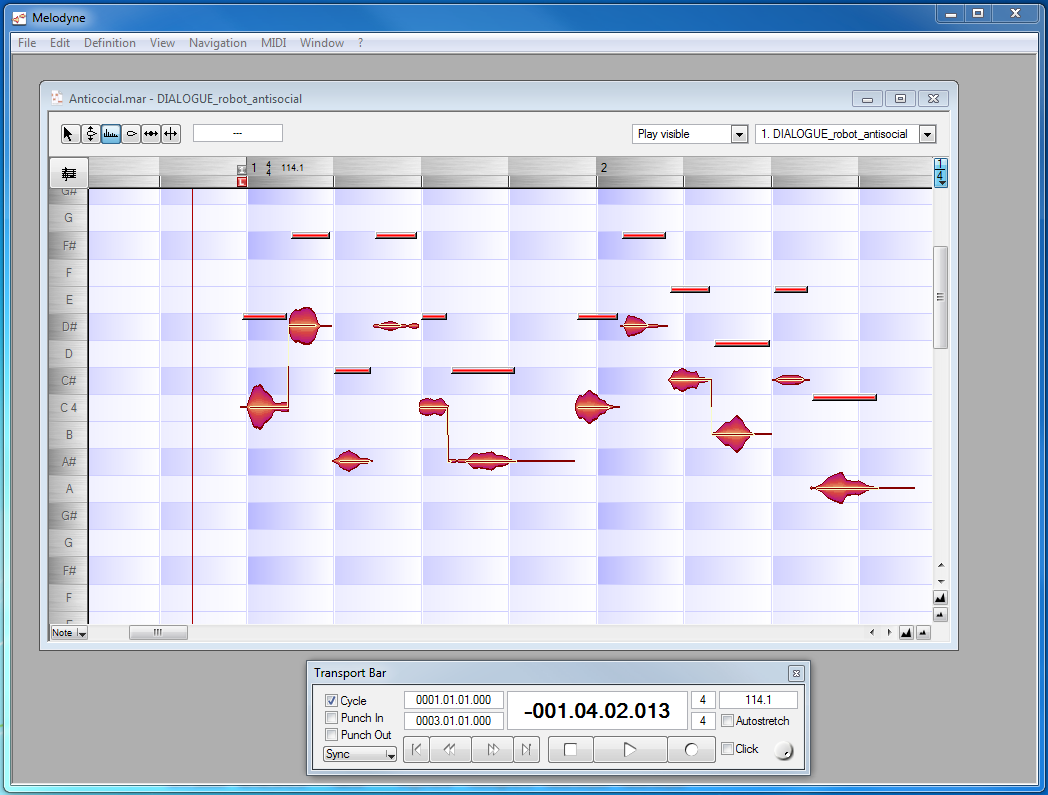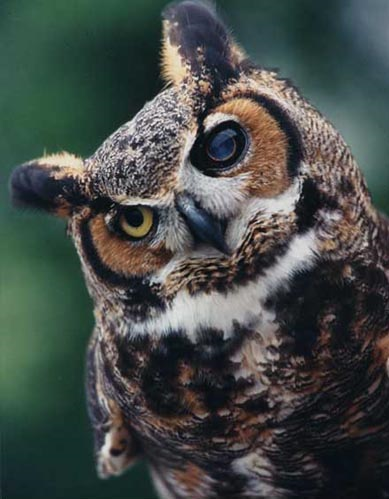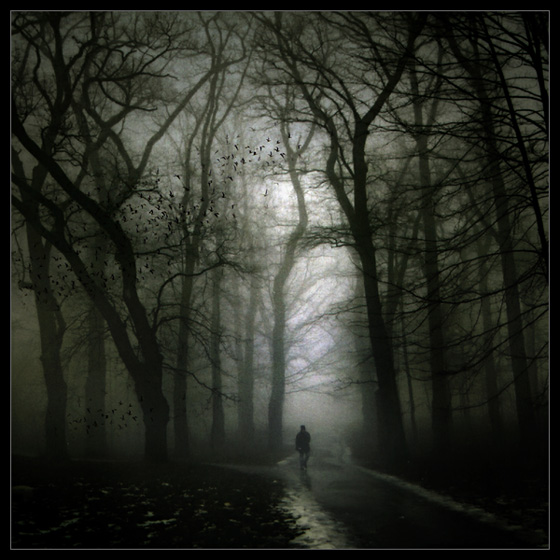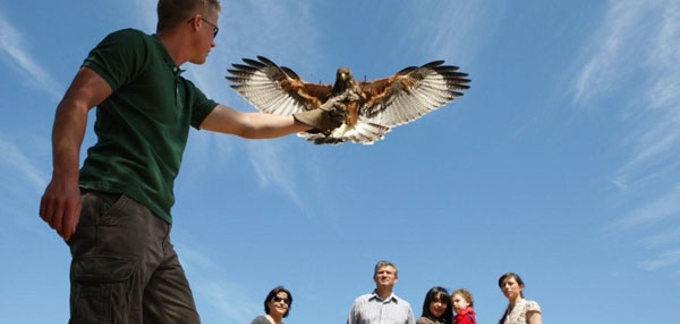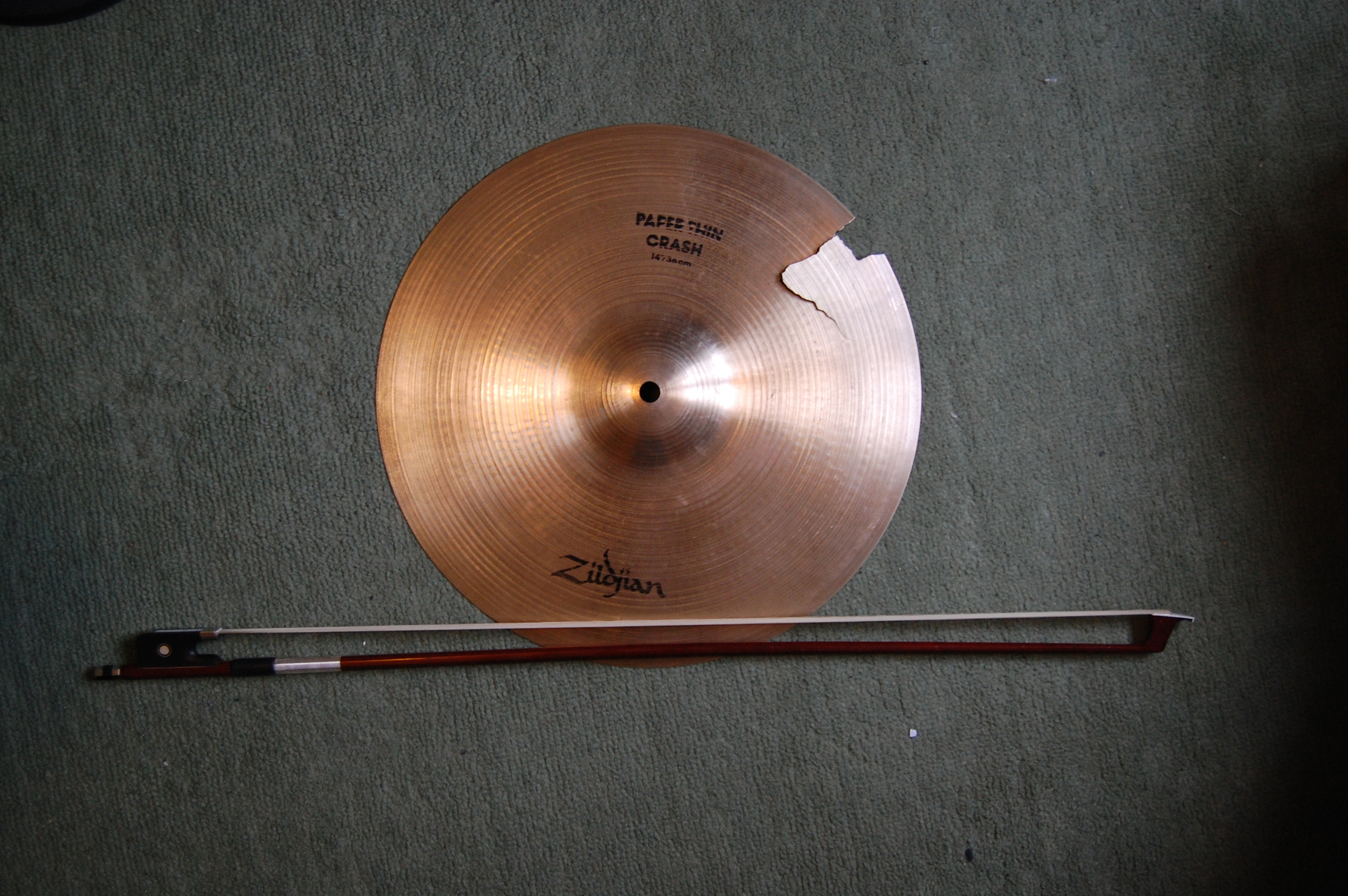So recently I got interviewed for the Splash Damage website, it kinda answers a few questions I get answered often so I thought I'd re post it here.
Andrew 'DingoBongo' Quinn
Sound Designer
Joining us, Up From The Depths, Thirty Stories High, Breathing Fire, His Head In The Sky (along with Quinzuuukiiii, his adorable younger, not-quite-able-to-fly sidekick) comes Andrew 'DingoBongo' Quinn. This is a - if you will - Quinntroduction to the man, the myth, the moo, the map. Due to territorial IP issues, not all of them may be visible to you, where you are, browing, reading this, facially.
Andrew is our sonic seer, our audio expert, our aural authority. He minutely inspects each and every sound with tiny pliers and rulers, ensuring they all have the correct bevel and camber and aroma. He finds them, creates them, nurtures and nourishes them in special bins, and then releases them from a brass bucket to flap about our heads. All the sounds issue forth from him. He is, if you like, a sort of sonic spigot, audio hose bibb, or sillcock of sound. He's about as far away as the distance between you and him. He's made from a carbon/carbon laminate, and stands 0.01 furlongs high. In his spare time he designs oats and carves votive busts of Hugo "Goodness Gracious" Grotius.
Things You Were Too Afraid To Ask...
Every once in a while, we interrogate one of our own and put their answers up for all the world to see. Read on to find out more about what Andrew does, how he ended up at Splash Damage, and more.
What do you do at Splash Damage?
I'm a Sound Designer which simply means that I design and implement the sounds that go into the game. Sometimes this includes music, too. In reality, it's a bit more complex than that. My job entails working with the Audio Director to define the audio style of the game, field recording, sound design, dialogue editing, music editing, creation and mixing of cut scenes, implementation of game assets, working with the Audio Programmer on features, and being a general audio ninja. (breathe)
Why did you want to work in the games industry and how did you get started?
I didn't really have a firm goal starting out that I wanted to work in games. The one thing I did know was that I wanted to work with audio. I spent a lot of my teenage years playing in and recording music with various bands, and engineering live music in my spare time, so the thought that I could turn it into a job really appealed.
I started off thinking I'd try my hand at being a recording engineer and went to Leeds Metropolitan University to study Creative Music and Sound Technology. During that degree I was introduced to a lot of different aspects of sound production, and I ended up gradually moving away from music and got really into post production (sound for film) which I still really enjoy. In the final year of that course I did a module in game audio and from then on I was hooked. I stayed on for another year at Leeds Met after my degree and did a masters in Sound and Music for Interactive Games. I started applying for jobs after the Masters and worked with a few mod teams and indie devs to gain a bit of experience and improve my portfolio. Whilst I was doing this, I was also doing a bit of lecturing at Leeds Metropolitan University, teaching on the same course I had done a couple of years previously. Finally, after a year and a half of working on my portfolio, lecturing and generally whoring myself out across the internet, I ended up in Bromley at Splash Damage.
Do you have any tips for people wanting to break in?
There's a lot of information on getting into sound design on the net so I won't re-tread well-worn ground here. Essentially make DesigningSound.org your homepage and hang aroundSocialSoundDesign.com.
As for game audio, break in by doing! Join a mod or indie team and create some sounds, hang around places like GameAudioForum.com, read GameAudioRelevance.iasig.org and listen to the GameAudioPodcast.com. Create a demo reel of work you're happy with, then send it off to as many people who will take it.
Any more than that you'd have to contact me directly - I'm happy to give out a bit of advice.
What other games have you worked on?
I worked on a couple of small mods, a big screen game for BBC Leeds staring a small robot called Fuse Box, an indie game called Primal Carnage and more interestingly a book; an interactive tutorial about game audio delivered in a game called The Game Audio Tutorial (available in all good bookshops). Oh and a tiny ennie weeeeinne bit of BRINK.
Which of your past projects was your favourite to work on, and why?
It has to be The Game Audio Tutorial. It was a really interesting project to work on because it was a bit unusual. The authors (Richard Stevens and Dave Raybould) pretty much gave me carte blanche to do what I wanted with the sound, however there was a restriction for various legal reasons I wasn't allowed to use any commercial sound effects libraries. What this meant was that I pretty much had to go record everything required for the project with next to no budget. This forced me to think in ingenious ways to get the material.
For instance, one of the requirements were some sounds for night birds, owls etc. So one night I went off to a wood near my parents' house in Cumbria in the middle of nowhere to try and record some. I don't know if you've ever sat in a wood in the middle of nowhere, at 1 AM, in the dark, for an hour. I found it pretty terrifying. The more annoying thing about that experience was that I didn't manage to record any night birds. So it was back to the drawing board. In the end, I decided to have a go at listening to real recordings of owls and night birds and then record myself trying vocalize the calls. It kinda worked and made it into the book - see/hear for yourself here. Coming up with little solutions like that and having to beg/borrow/steal stuff to make sounds rather than falling back to traditional library fx was really rewarding.
Why did you join Splash Damage?
The games, environment, location and more importantly people all agreed with me.
What is it like to work at Splash Damage?
No one day is quite the same; there's always something new and exciting to do, whether that be creating a new sound for some new game asset or making clever little audio systems to make the sound playback in the game. Oh and there's a never ending supply of cake...
What are the best and worst parts of your job?
Best Part: Recording, editing and designing that perfect sound that fits just right and seamlessly works in the game
Worst Part: Editing dialog line 15,729
What was your first gaming experience?
I can't really remember what my first gaming experience was, it was probably something on a friend's Mega Drive. I do however remember the first game I ever owned. When my parents bought their first PC they bought me a game for it out of curiosity called Cosmo's Cosmic Adventure. Essentially it was a side scrolling platformer about a little green alien with plungers for hands. I never got off the second level. So it wasn't a great start on my transcendence into becoming a game developer. Shortly after that I was given the demo for Wolfenstein 3D which changed everything for me and I've been shooting things (virtually) ever since.
What types of games do you like, and what's your favourite game of all time?
Typically I'm a bit of an FPS nut, so I've put many hours into your Call-of-Battlefield-Honor-Fortress-Strike-Tournament-7 type action games but I like to branch out into the odd RPG or RTS now and then. Hell, recently I've even been venturing into the cuddly world of indie games and really enjoying it.
As for a favourite game of all time, that's a difficult one. Does "everything Valve has ever made" count as an answer? If I had to pick one it would have to be the original Half-Life. It's probably not the best game Valve have made but for the sheer impact it had on me and the amount of time I put into it it's got to be that game.
What do you enjoy doing when you're not at work?
Mountain biking, skiing, movies, other miscellaneous sports and social stuff and sometimes even playing the odd game.
What's the meaning behind your nickname?
DingoBongo was just a name I started using years ago when playing the original Counterstrike and it kind of stuck. I can't really remember how I came up with it. I think I just stuck two random words together that kind of sounded similar, like some sort of jokey radio call-sign off Top Gun or Hotshots. I find it really annoying that I don't have the DingoBongo Xbox Live tag because I was too late to the party!
via Splash Damage

